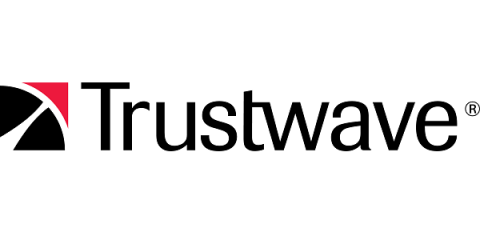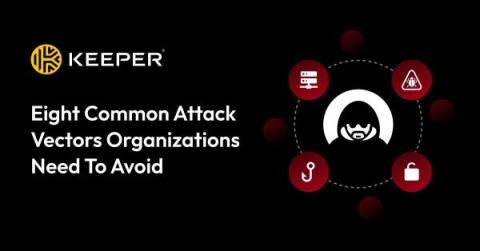Low Code Application Security Best Practices and Strategies
Developing applications using low code platforms has gained popularity in recent years due to its ability to accelerate the software development process. However, with increased speed and efficiency comes the need for robust security measures to protect sensitive data and ensure a safe user experience. In this article, we will explore the best practices and strategies for enhancing low code application security.











